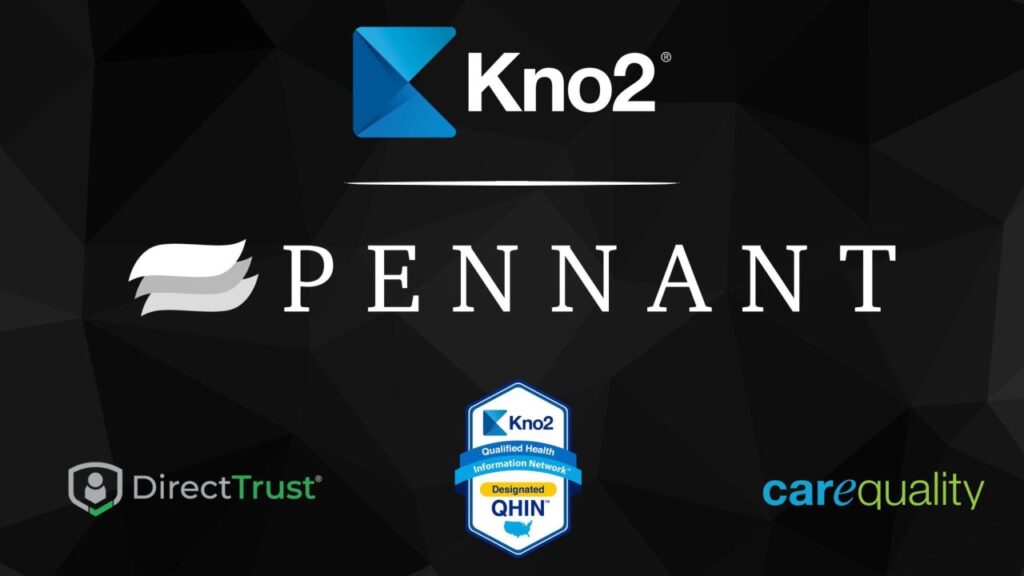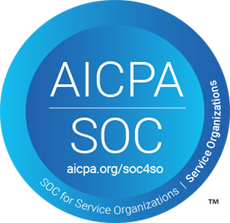The world of vision care in the healthcare industry can often be thought of only in terms of glasses and contacts. But when vision providers are treating medical issues, which can easily pop up without notice, there is a sudden need for more information – things like drug allergies and surgical history matter where they may not have even been captured in the past for routine vision exams. The speed of obtaining needed patient information and records from other providers is not nearly swift enough in today’s landscape to provide value at the point of care, and to get vision providers the full spectrum of data they need to treat ophthalmic issues and injuries well.
Vision Specialists Must Be Looped into Healthcare Communication Like Other Specialists
While it’s true that vision providers operate a little differently than other specialists, from technology to location, their “need to know basis” is no less justified. However, real healthcare communication channels are often lacking between hospitals, PCPs, and post-acute providers who may very well need to interface with vision specialists to best care for mutual patients. And let’s be real: manual processes that are reliant on the cumbersome and slow methods of fax and even mail (yes, as in snail mail) to exchange records with vision providers are not real communication channels. Not only is the patient record exchange not real-time (or even close to it), but it’s not an open means of two-way communication for ongoing collaboration. The latter is what meaningful connectivity looks like, and we’re so far from it when it comes to looping in vision providers and their valuable medical records and data.
Just because a vision provider doesn’t operate within a health system or large medical clinic doesn’t mean that they’re unimportant in the care continuum. Especially when visual impairment can have a drastic effect on patient health and well-being, especially impacting their ability to easily access other care, this is a foolish specialty to treat as outside the folds and to not sincerely pursue in healthcare connectivity initiatives.
There’s a Better Way for Providers to Exchange Patient Data
Specialists like vision providers need different technology than ENTs, dentists, PCPs, or Oncologists, for example. We understand the value that practice-specific tools can provide to better support doctors and their staff in caring for patients and documenting visit notes and results. So, we must leverage communication strategies that don’t expect everyone to use a single tool in the same way. Efficiencies are gained and value is provided in connecting specialists like vision providers to networks to exponentially increase reach and exchange capabilities, and to do so in closer-to-real-time. Providers no longer need patients in pain to answer numerous new questions as their vision transitions from routine to medical. They can proactively obtain records from other providers, reference them at the point of care, and incorporate their interventions into the comprehensive care record, thus creating a more holistic picture of the patient.






